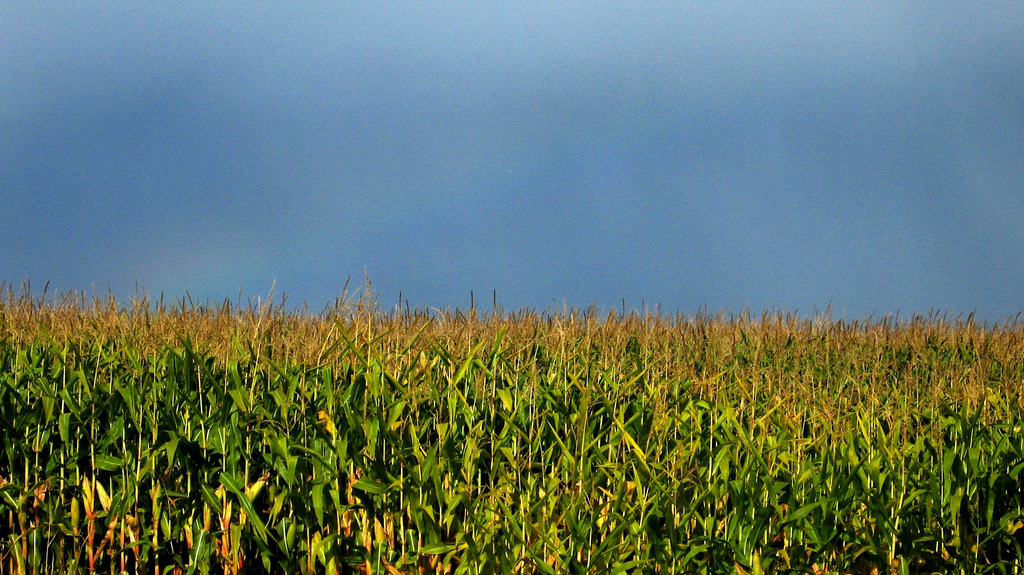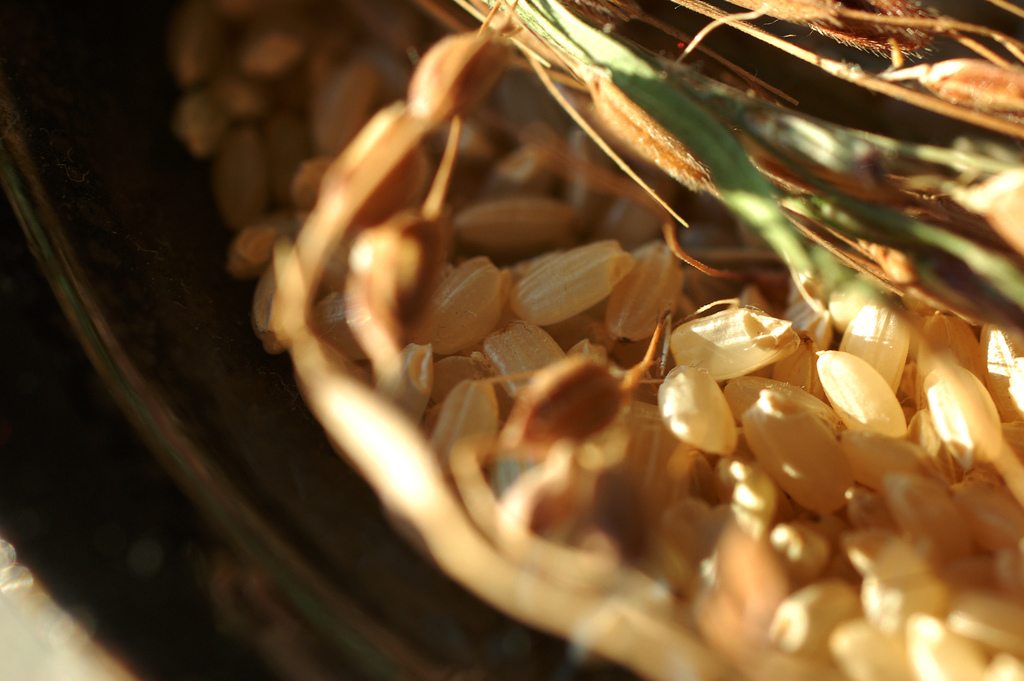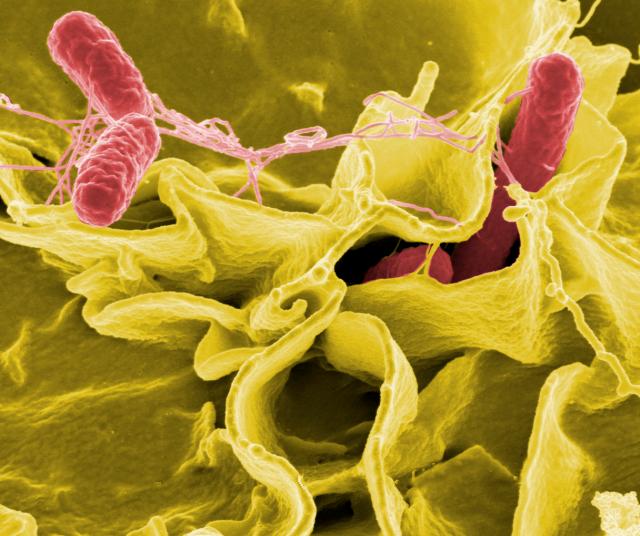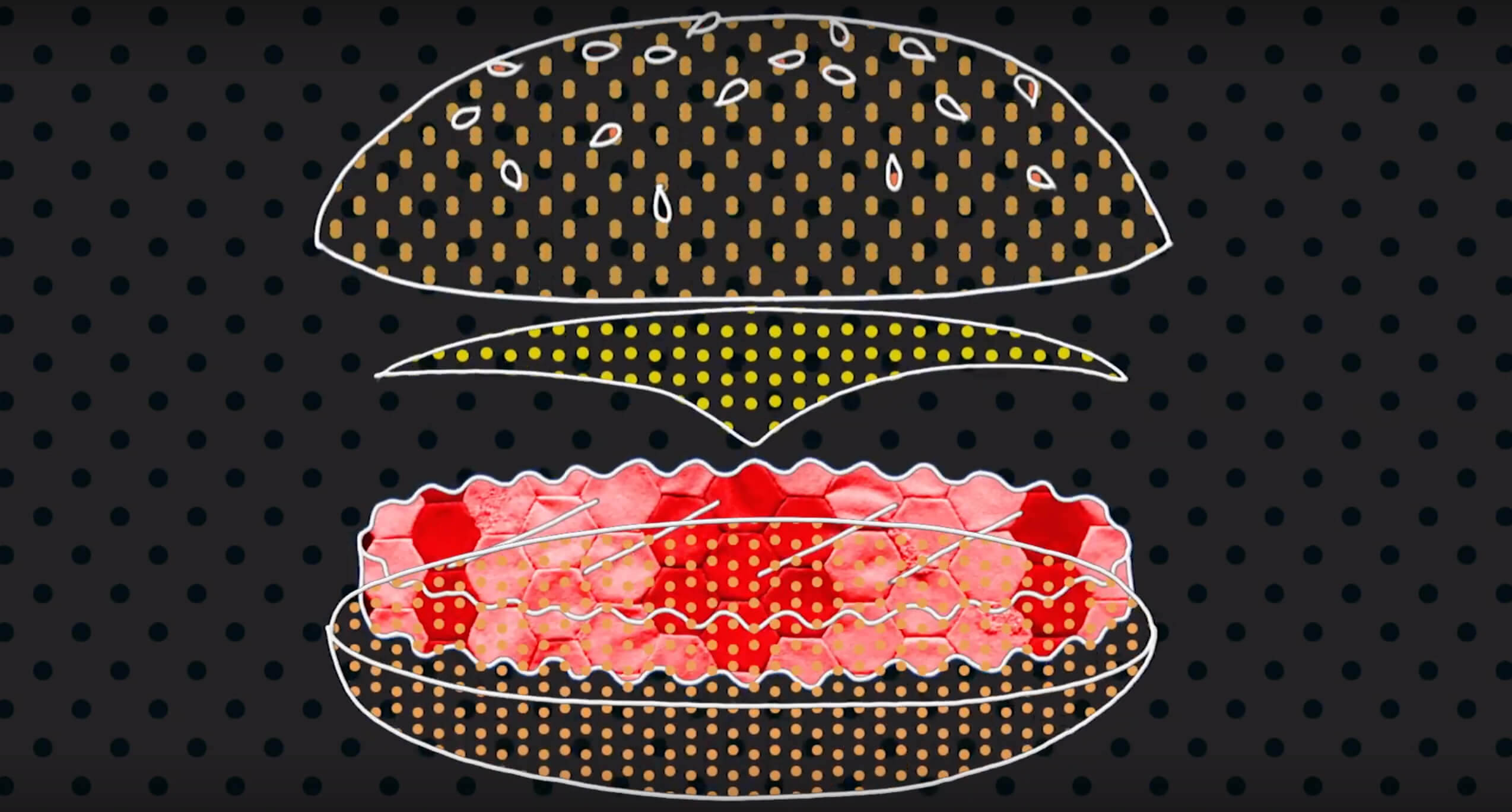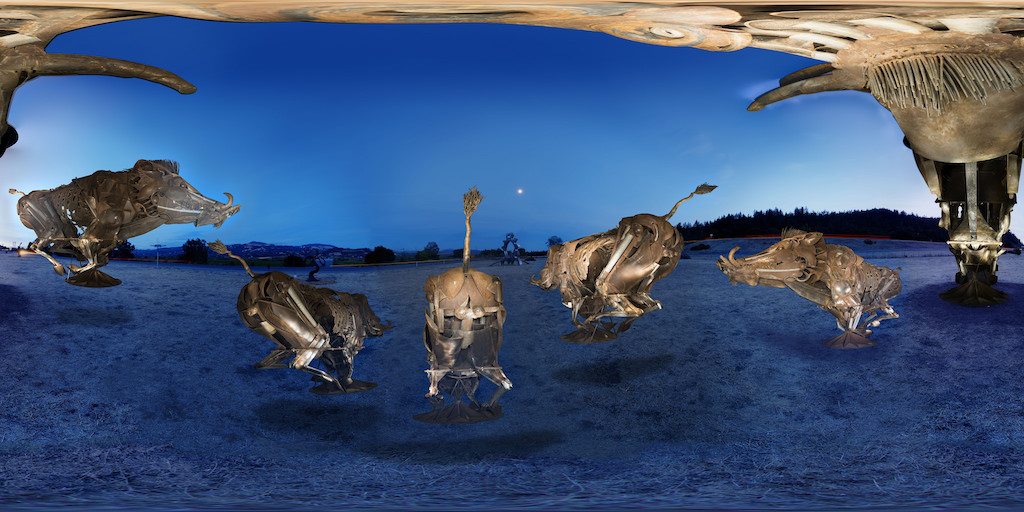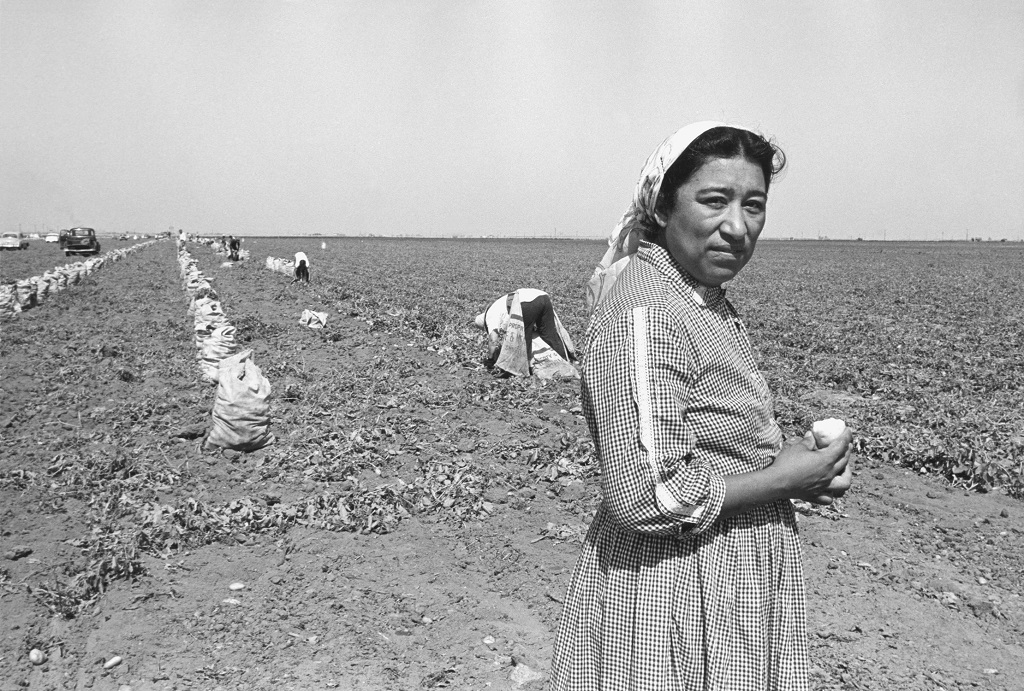
© George Ballis/Take Stock Images
More than twenty years ago, filmmaker Laurie Coyle was in the Take Stock photo archive in San Rafael, California, doing research for a documentary about Cesar Chavez, the farm labor leader. It was, she says, one of several projects she’d worked on that focused on illustrious men.
Coyle happened upon a folder of photographs of a spunky, stylish woman, a farmworker who was, she says, “very striking, in every possible way.” She sifted through them. The woman was clearly a commanding presence; in one shot, a group of men listened to her intently.
The photographs, Coyle discovered, had been taken years before Chavez rose to prominence. “And I said, ‘Wow, this is really different,’” she recalls. At that time, “women were pretty much in the background, and pretty anonymous. She was not reading as anonymous. She was reading as a leader.”
 Courtesy of George Ballis/Take Stock
Courtesy of George Ballis/Take Stock Moreno talks to Oklahoma farmworkers who were Dust Bowl migrants during the Great Depression
That leader, Maria Moreno, never got her due, but Adios Amor: The Search for Maria Moreno, a documentary directed by Coyle based on eight years of research, attempts to change that. It premieres on PBS, as part of its Voces series, on Friday, September 27—the story of the first woman hired as a farmworkers’ union organizer, a forgotten face of the movement in the 1960s.
The daughter of a preacher, Moreno and her family moved to California in 1940, as did thousands of Dust Bowl refugees seeking jobs. She settled in the San Joaquin Valley, where her family lived in a stretch of migrant housing that Paul O’Rourke, Governor Pat Brown’s poverty czar, once called “the longest slum in the world.” With her husband and children, she worked the fields, following the harvest as far as Colorado and Utah.
Farmwork was grueling. Her children rose early, hungry. At one point, the family, which was Moreno, her husband, four sons and eight daughters, lived in a 15-foot shack, subsisting on $114 a week.
In 1958, a record rainfall deluged farm counties, leaving penniless families homeless and out of work. At the time, farmworkers in Tulare County, where Moreno lived, were ineligible for food aid. Desperate, her 19-year-old son chose to leave food for his younger siblings to eat, and for three days lost his ability to see. This, Coyle ruefully notes, was during the height of America’s postwar boom.
 Courtesy of George Ballis/Take Stock
Courtesy of George Ballis/Take Stock Moreno sleeps in the back seat of the car traveling to union meetings
After Moreno’s family’s plight was reported in The Fresno Bee, the county changed its welfare policy to include farmworkers and their families. Shortly thereafter, Moreno was hired by the Agricultural Workers Organizing Committee (AWOC), a labor group that recognized her passion and courage. The committee was trying to form a farmworker union, and Moreno proved to be a tremendous organizer, traveling the state by car, driven by her husband, to raise wages and win strikes.
Farmworkers don’t have the protections afforded to workers in other industries. When Franklin Roosevelt was trying to pass a raft of New Deal social benefits in the 1930s, farmworkers—many of whom were black—were excluded from federal laws that guaranteed a minimum wage, overtime pay, and social security, among others, and the right to join a union.
For decades, the unquestioned leader in farm labor was the United Farm Workers, the union co-founded by Chavez and Dolores Huerta in 1962. The group took off in 1965, during a grape strike in Delano, California, that it’s widely credited with starting. But it was AWOC, led by a cohort of Filipino-Americans, that first walked off the job.
 Courtesy of George Ballis/Take Stock
Courtesy of George Ballis/Take Stock Surrounded by farmworkers and their children at a house meeting, Maria listens and takes notes
The committee’s ethnically diverse coalition included Mexican, Mexican-American, black, and white Okie workers, says Devra Weber, a labor historian at the University of California, Riverside. During a meeting in 1961, when its members elected Moreno to represent them at an AFL-CIO convention, AWOC took the radical position of stating that its members were trans-national. At the time, many American farmworkers hoped to close the border to protect their jobs.
Moreno, unlike Chavez and Huerta, was a migrant farmworker. She instilled in her children the same respect for organization that she conveyed to workers in the field. When she was on the road, her children continued to take care of each other, because they’d been trained to.
“We were all coffee drinkers,” says Martha Moreno Dominguez, one of Moreno’s eight daughters. “Every morning, after everything was done, I’d make a pot of coffee, and we’d sit there and talk about what we were going to do next.”
At a young age, Dominguez says, she was responsible for making tortillas for the family. She remembers her mother coming home from the fields, with her blue denim shirt, skirt and boots covered in dust. “‘I’m tired, mija,’” she recalls her saying. “She taught us eight girls, if you can do it, do it for me.” Once her mother became an organizer, Dominguez dropped out of school, with only a seventh-grade education, to take care of her siblings.
 Courtesy of George Ballis/Take Stock
Courtesy of George Ballis/Take Stock Moreno makes a phone call in the office of the Agricultural Workers Organizing Committee
By the time of the famous Delano grape strike, though, Moreno had left AWOC. According to Coyle, her brash style chafed against leadership appointed by AFL-CIO.
She could have been hired by the UFW, which had taken over the strike. But she never got along with Chavez, who didn’t share her views on open borders, and called la migra on immigrants. Culturally, they were oil and water. Chavez and Huerta were urbane, steeped in effective organizing techniques, and experienced in state politics. Moreno had a second grade education, and Chavez, in a 1962 letter, dismissed her “big mouth.”
Moreno moved to the Arizona desert, where she began a new life as a Pentecostal minister. She created an itinerant ministry that moved from town to town, eventually settling in San Luis, Arizona, on the border. Dominguez says she established a mission as far south as Colima, Mexico.
Moreno died of breast cancer in 1989. And while it would easy to see her move at age 42 as a retreat, Weber sees her evangelical turn as more organizing.
To Coyle, Moreno’s story presents an alternative perspective on fighting for workers’ rights. “There is an overemphasis on picket lines and strikes, and the official movement side of things, and a relative lack of attention and interest in family and community stories and values that help people get by,” she says.
It also provides historical context for marginalized people—like the predominantly Latino farmworkers today, who toil in fear of a hostile administration.
“Every time there is an organizing drive, everybody believes they’re starting from scratch,” says Coyle. She hopes the documentary will correct that perception. “This is a pushback to say, we’re not starting here, there have been these movements going on for decades, in which people have staked a claim to their full rights in American society. In every generation, that has looked different.”


